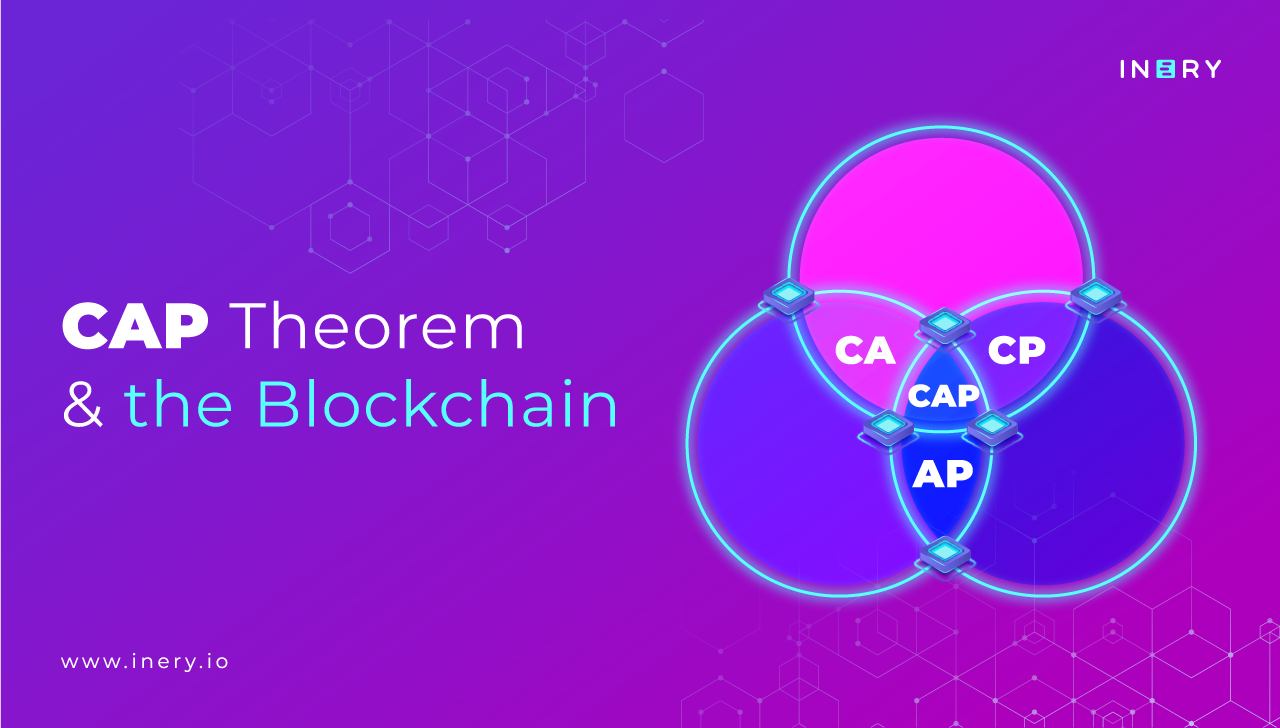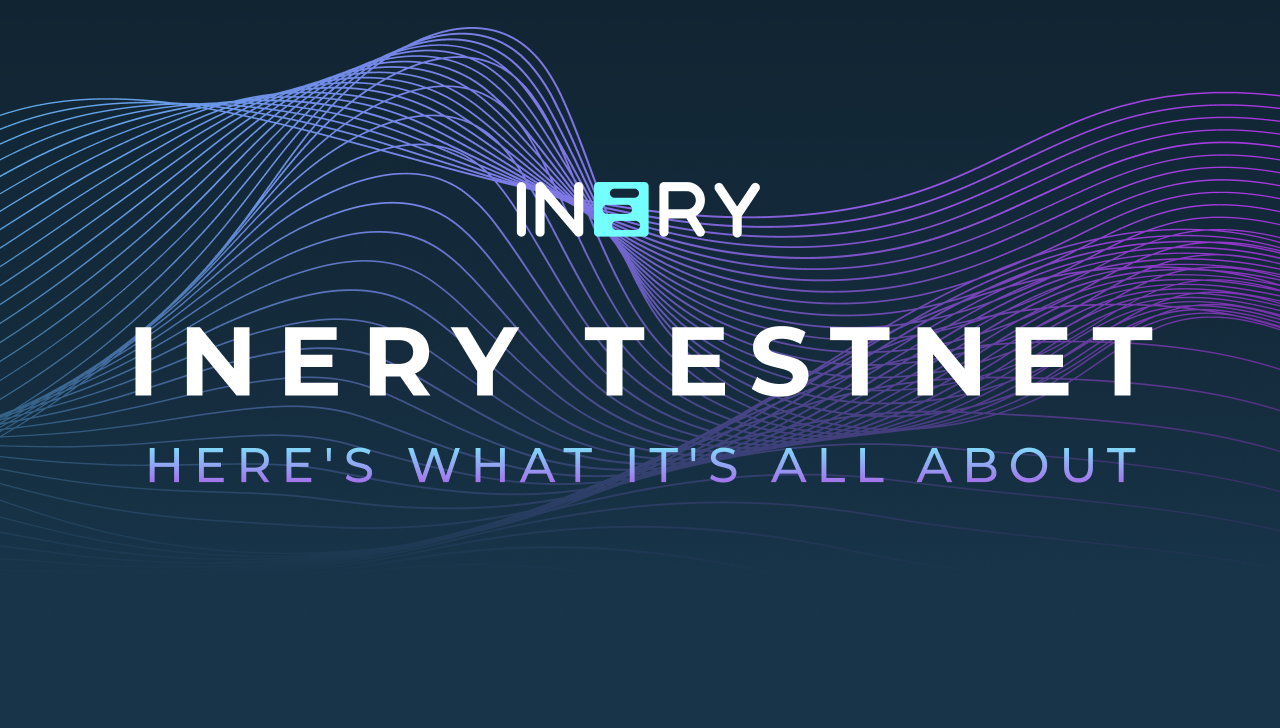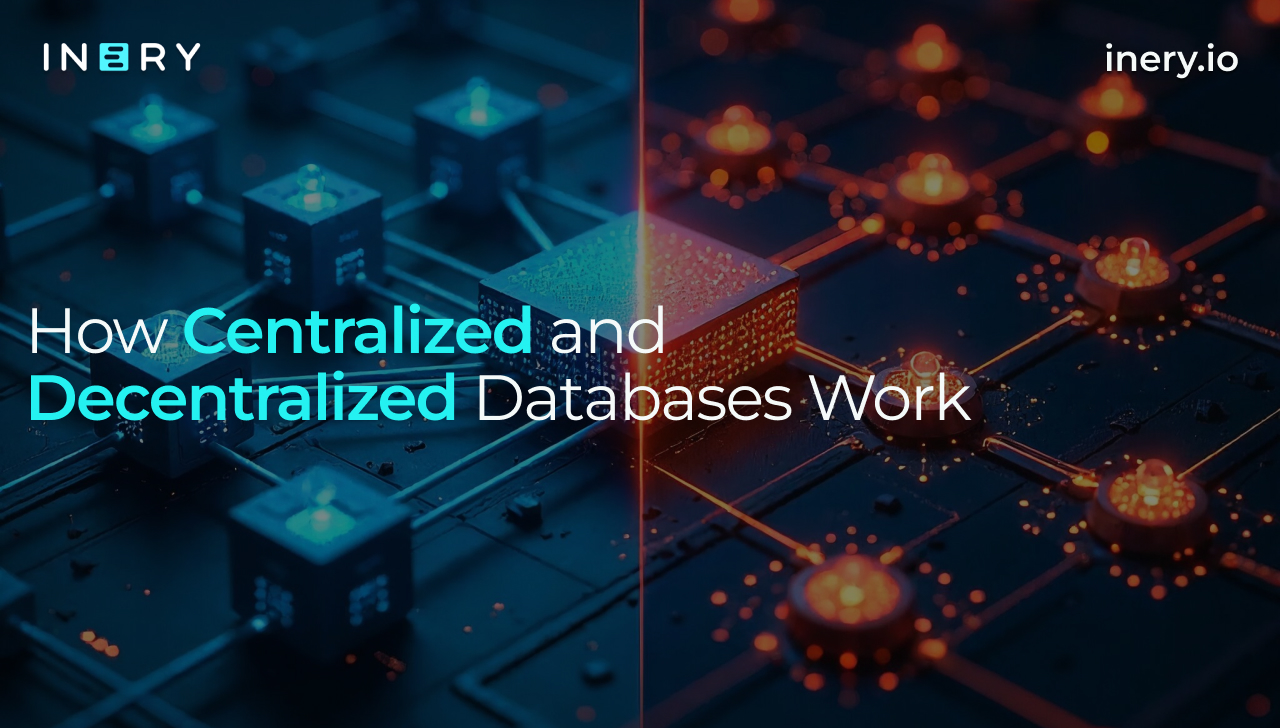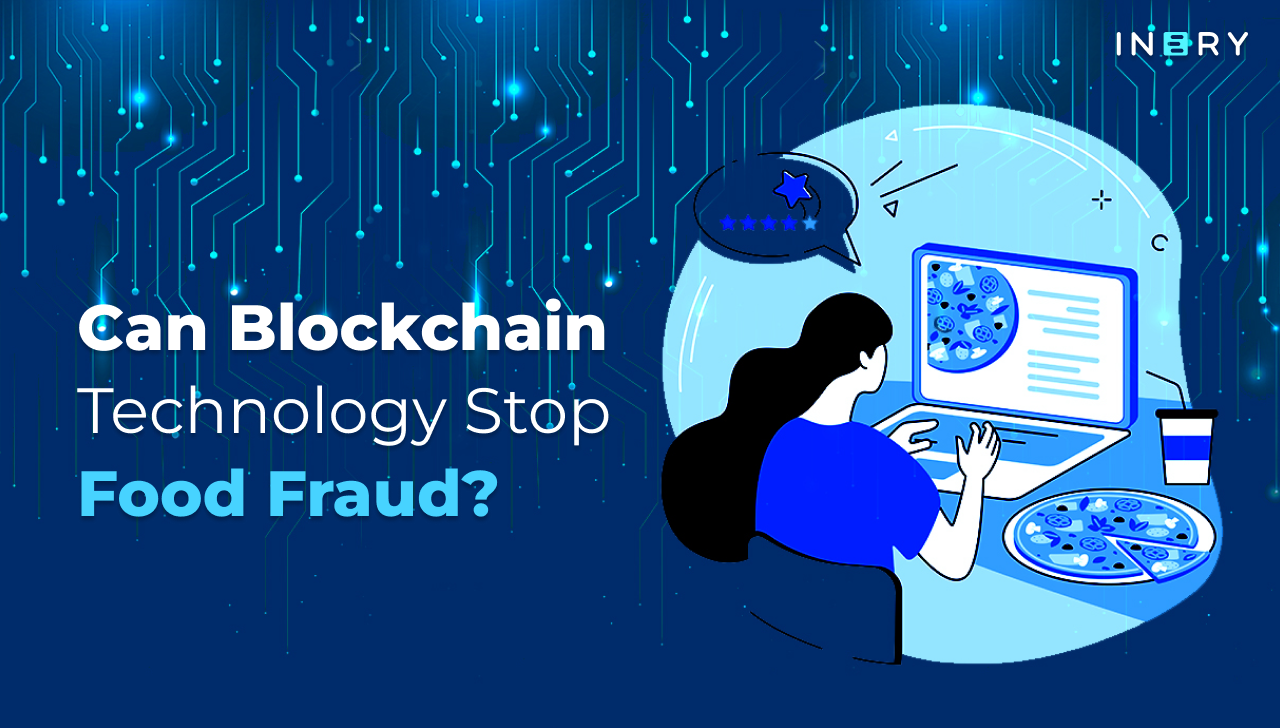Every click, transaction, and interaction online creates data. Behind the apps we use, the financial systems we trust, and even the governments we rely on, there is one constant: the need for structured, reliable databases. For most of modern computing history, this need has been met with centralized systems; single authorities that manage and store information on behalf of users.
This model shaped the digital age, but it also created a tension. As dependence on centralized services grew, so did the risks tied to them. Outages, breaches, and the sheer scale of concentrated data have turned what once seemed efficient into a source of vulnerability. In response, decentralization has emerged. Not as a trend for its own sake, but as a direct reaction to these shortcomings.
To understand why this shift is happening and why it matters, it helps to look first at how centralization works, where it began to falter, and how decentralization aims to change the equation.
The Pressure Points in Centralization
Centralized databases operate much like traditional hierarchies. A single system, whether a company’s server farm or a cloud provider’s infrastructure, stores and manages data. Decisions about access, security, and operations all flow through that authority. For decades, this approach was practical: it simplified oversight, allowed for consistency, and worked well when trust in institutions and providers was relatively high.
But centralization carries an inherent fragility. If everything depends on one authority, then the entire system is only as strong as its weakest link. This became clear as cyberattacks and data breaches began to dominate headlines. When Yahoo’s servers were breached in 2013, the result was not a localized issue but the exposure of information belonging to over 3 billion accounts. When Equifax was compromised in 2017, the personal and financial details of nearly half the U.S. population were laid bare. Facebook’s mishandling of password data in 2019 demonstrated another problem: even without outside attackers, internal errors in centralized systems can create global consequences.
Beyond breaches, outages underline the risk of relying on single points of control. A technical failure or misconfiguration at a major cloud provider can ripple across industries, cutting off access for millions of users. In these moments, the efficiency of centralization reveals its cost: everything depends on one entity, and if that entity fails, the system collapses.
The Emergence of Decentralization
The move toward decentralization did not begin as an abstract idea; it was born out of necessity. As reliance on digital systems deepened, organizations and individuals began to see that entrusting vast amounts of sensitive data to a single authority was increasingly unsustainable.
By the early 2000s, as internet adoption accelerated and cybercrime became more organized, alternatives to purely centralized structures started to gain attention. The principle was straightforward: if control and storage are spread out across multiple participants rather than concentrated in one place, then the entire system becomes harder to compromise. No single breach or outage could take everything down.
Over time, decentralization also came to reflect broader cultural and regulatory pressures. Governments wanted sovereignty over national data instead of relying on foreign providers. Enterprises wanted to avoid being locked into one vendor’s ecosystem. Individuals became more aware of how their personal information was being handled, and increasingly skeptical of opaque central authorities.
This convergence of security concerns, autonomy demands, and trust issues gave decentralization its momentum. But what exactly does it mean in practice?
What Decentralization Really Means
In a decentralized database, there is no single master authority that dictates operations. Instead, storage and control are distributed across a network of participants. Each plays a role in maintaining the system, and rules are enforced collectively. This doesn’t mean an absence of order. There are still protocols governing how data is read, written, and updated. However, no one actor can unilaterally rewrite records or seize control.
This shift changes the relationship users have with data. Rather than placing blind trust in one provider, they can rely on a system where integrity is verifiable. If data is altered, the history of that change can be traced. If a participant in the system goes offline, others continue to operate, preventing a complete shutdown. The trust moves from institutions to the architecture itself.
What Problems Does It Solve?
The most obvious improvement lies in security. In centralized models, breaching one authority can yield access to millions of records. In a decentralized model, data is distributed, making it far more difficult for a single compromise to cascade across the whole.
Resilience is another benefit. Centralized databases are vulnerable to outages because everything depends on one hub. Decentralized systems, by contrast, continue running even when parts of the network fail. This ensures availability, a quality that is increasingly critical in a world where downtime translates directly into financial and operational losses.
There is also the matter of ownership. Centralized platforms often hold ultimate control over how data is stored and used. With decentralization, users and organizations retain greater sovereignty, with systems that make tampering or unauthorized manipulation not just unlikely but detectable.
These qualities take on greater importance as technology itself evolves. AI systems and autonomous agents are now creating, querying, and interacting with databases without human intervention. For these systems to function safely, the data they rely on must be dependable, tamper-resistant, and verifiable. Decentralized approaches are well-suited to meet that need.
Inery DLT as a Solution
This is the environment Inery DLT was built for. Rather than adapting centralized database structures to new realities, Inery starts from a different foundation. One where decentralization is not an add-on but a core principle.
Inery distributes data across its network so that no single authority holds unilateral control. Its design ensures continuity even in the face of disruptions, and its consensus protocols verify the accuracy of records without the need to rely on trust in any one participant. The system is built to handle enterprise-scale demands, processing thousands of transactions per second while maintaining integrity.
The result is a database layer that resists single points of failure, protects against tampering, and provides users and organizations with more direct control over their own data. In an age where breaches, outages, and questions of ownership are no longer hypothetical but daily realities, Inery represents a way forward. A path that acknowledges the limitations of centralization and offers a practical alternative.
Conclusion
Centralized databases shaped the digital revolution, but the same qualities that made them efficient now expose their weaknesses. The reliance on one authority creates vulnerabilities that attackers, errors, and outages continue to exploit. The answer has not been to abandon databases but to rethink how they are structured and governed.
Decentralization offers that rethinking. By distributing control, making integrity verifiable, and eliminating single points of failure, it addresses the very problems that centralization struggles with. For organizations navigating the growing risks of data management, this shift is not a matter of theory but of survival.
Inery DLT captures this evolution. By building decentralization into the core of its architecture, it delivers a database model prepared for both human and machine users in a world where trust must be earned through design, not assumed by default.

Inery•
1 year ago
Can Blockchain Level Up The Music Industry?
Uncover the transformative impact of blockchain technology on the music industry, tackling persistent challenges in royalty distribution. Immerse yourself in Inery's innovative approach, offering a glimpse into the future of music royalties. ...READ MORE

Share

Inery•
2 years ago
Overview of the CAP Theorem and the Blockchain
Something is missing in the interplay between the CAP theorem and the blockchain. Where does CAP fall apart? Click here to find out. ...READ MORE

Share

Inery•
3 years ago
Inery Has A Testnet – Here's What It's All About
Here’s everything you need to know about Inery’s public testnet, its rewards and how to participate. ...READ MORE

Share

Inery•
3 years ago
Can Inery Help Traditional Businesses And How?
Inery’s influence and use case for traditional businesses ...READ MORE
-1665070349.png)
Share
Most popular today



